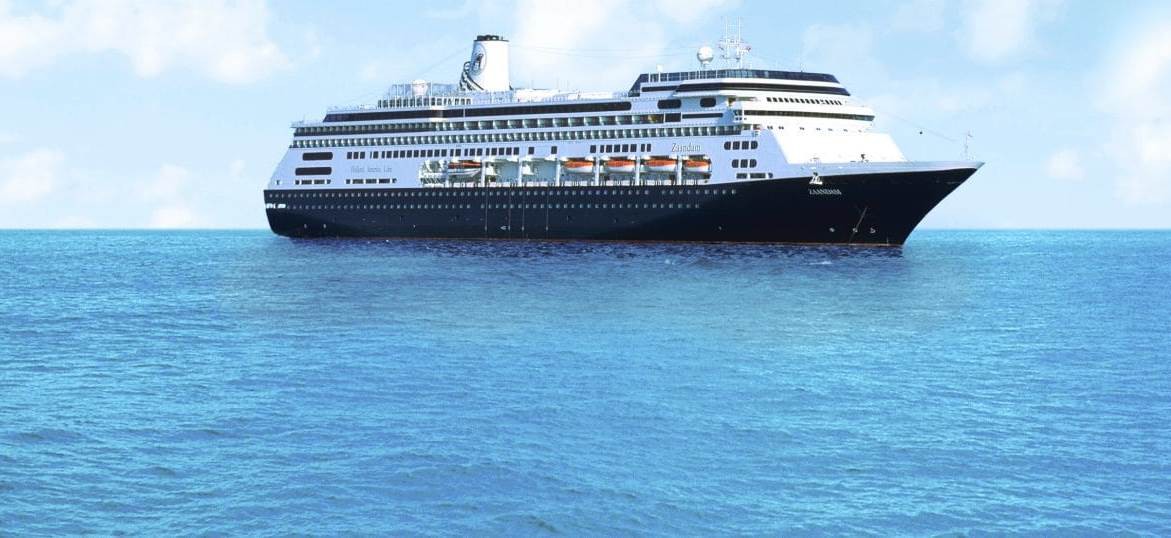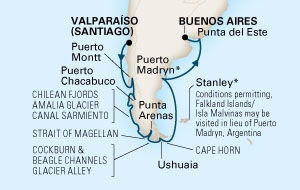
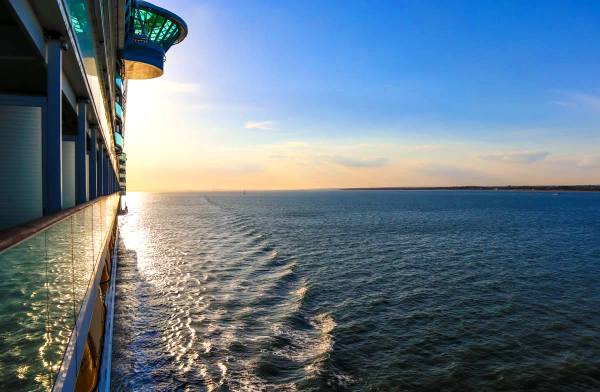
This is the time to personalize your cruise experience—you can participate in any or all the activities scheduled onboard or do nothing more strenuous than lift an umbrella drink while reading a book poolside.

Puerto Montt is your gateway to Chile's magnificent Lake District. Here, snow-capped volcanoes gaze down on alpine valleys nestled among low hills. Glaciers carved out this terrain, leaving the jewel-like lakes in their wake. The Lake District was a magnet for German immigrants, and their legacy can be seen today in the manicured rose gardens of Puerto Varas, in Chile's "German Villages" like Frutillar and in Puerto Montt's gabled homes with elaborate balconies.
Despite a population of more than 130,000, Puerto Montt retains the feel of a small town. For a simple introduction to the city, walk along its waterfront road lined with tempting artisan's stalls and small cafés.
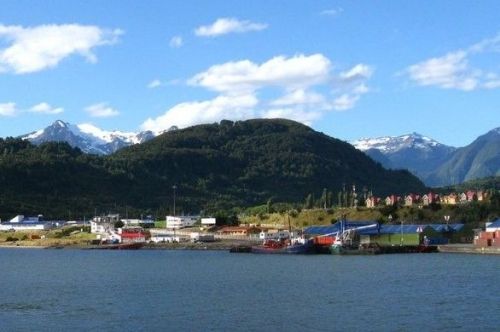

This is the time to personalize your cruise experience—you can participate in any or all the activities scheduled onboard or do nothing more strenuous than lift an umbrella drink while reading a book poolside.

This is the time to personalize your cruise experience—you can participate in any or all the activities scheduled onboard or do nothing more strenuous than lift an umbrella drink while reading a book poolside.
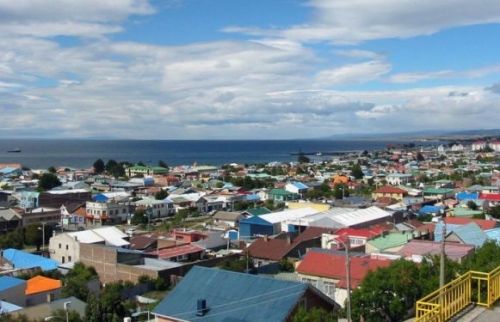
Punta Arenas lies atop rolling hills, looking out over the Strait of Magellan. In the days before the Panama Canal, this was a major port as ships plied the waters of Cape Horn. Punta Arenas remains a prosperous town today, thanks to its rich natural resources. The city is also the gateway to Chilean Patagonia, a maze of fjords, rivers, steppes, and mountains to the north. To the south lies the great frozen mass of Antarctica. Adventure awaits in any direction at this port located near the end of the earth.
Across the Strait of Magellan lies Tierra del Fuego, the lonely, windswept island discovered by Magellan in 1520. The region was settled by Yugoslavian and English sheep ranchers in the 19th century.
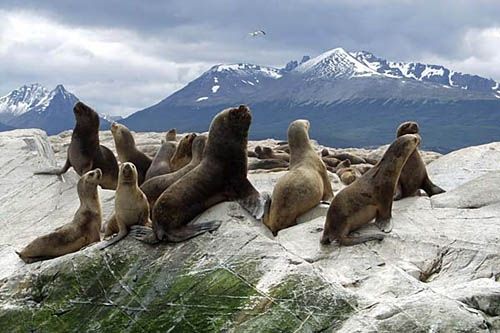
Magellan called it Tierra del Fuego, "the Land of Fire," having seen flames rising from the darkened islands. For over three centuries, the name struck fear in the hearts of mariners. Howling headwinds, mountainous seas and rocky coastlines spelled a sudden end to many voyages. Today, Ushuaia, a former Argentine penal colony, serves as your gateway to this wilderness where snow-capped mountains plummet to the icy waters of the Beagle Channel.
In the late 19th century, Reverend Thomas Bridges spent years working with local tribes, compiling a dictionary of their Yaghan tongue. The work outlived the Yaghan: by the beginning of the 20th century, they had succumbed to disease.

This is the time to personalize your cruise experience—you can participate in any or all the activities scheduled onboard or do nothing more strenuous than lift an umbrella drink while reading a book poolside.
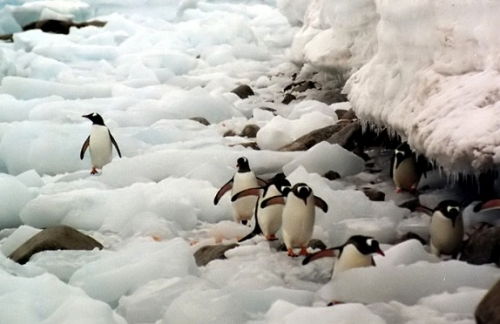
The Falklands long served as a way station for ships, particularly whalers, bound to and from Cape Horn. The islands' rigorous environment is immediately apparent: Stanley Harbor is dotted with the hulks of vessels that succumbed to the fierce winds and waves of the South Atlantic. While their strategic location led to important roles in both World Wars, the islands are best remembered as the cause of the 1982 war between Argentina and the United Kingdom. Today, travelers increasingly journey to the islands to view their rich assortment of bird and marine life.
Colorful houses occupy the low rolling moorland bordering Stanley Harbor. Stanley's climate resembles London's - cool and rainy though summer visitors are often blessed with clear, sunny skies.

This is the time to personalize your cruise experience—you can participate in any or all the activities scheduled onboard or do nothing more strenuous than lift an umbrella drink while reading a book poolside.

This is the time to personalize your cruise experience—you can participate in any or all the activities scheduled onboard or do nothing more strenuous than lift an umbrella drink while reading a book poolside.

Nestled between the continent's two giants, Brazil and Argentina, Uruguay is the second smallest country in South America. More than half of the nation's population of three million reside in the capital of Montevideo, located at Uruguay's southernmost point on the Rio de la Plata. Although small in size, Uruguay has proven to be big-hearted - the country is one of the most literate nations in the world while Montevideo is one of South America's most interesting and cosmopolitan capitals.
Montevideo is a charming city made up of 19th-century Beaux Arts buildings, parks, and historical monuments.
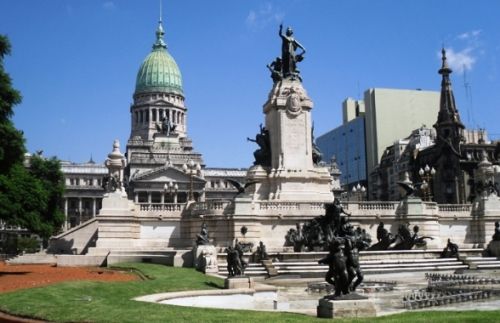
Founded in the early 16th century, Buenos Aires was transformed from a colonial port into a cosmopolitan metropolis - the "Paris of the South" - by the cattle boom of the 1880s. As in the American West, boom was followed by bust. But that did not stop Buenos Aires from becoming the city it is today. With its air of haunted grandeur, Buenos Aires is a place of icy intellect and smoldering passion. It is a city where the elegant Colon Theater, one of the world's great opera houses, stands in counterpoint to the working class barrios that gave birth to the tango. Perhaps the city's enigmas and contradictions are best embodied by its two most famous citizens - the reclusive librarian and literary genius Jorge Luis Borges and the showgirl turned First Lady, Evita Peron.

Founded in the early 16th century, Buenos Aires was transformed from a colonial port into a cosmopolitan metropolis - the "Paris of the South" - by the cattle boom of the 1880s. As in the American West, boom was followed by bust. But that did not stop Buenos Aires from becoming the city it is today. With its air of haunted grandeur, Buenos Aires is a place of icy intellect and smoldering passion. It is a city where the elegant Colon Theater, one of the world's great opera houses, stands in counterpoint to the working class barrios that gave birth to the tango. Perhaps the city's enigmas and contradictions are best embodied by its two most famous citizens - the reclusive librarian and literary genius Jorge Luis Borges and the showgirl turned First Lady, Evita Peron.
| Cabin Categories | Double Cabin Per Person |
|---|
For the latest prices and availability information, please fill out the "Request" / "Get Info" form .
Prices in Turkish Lira may vary depending on exchange rates on the day of payment.
